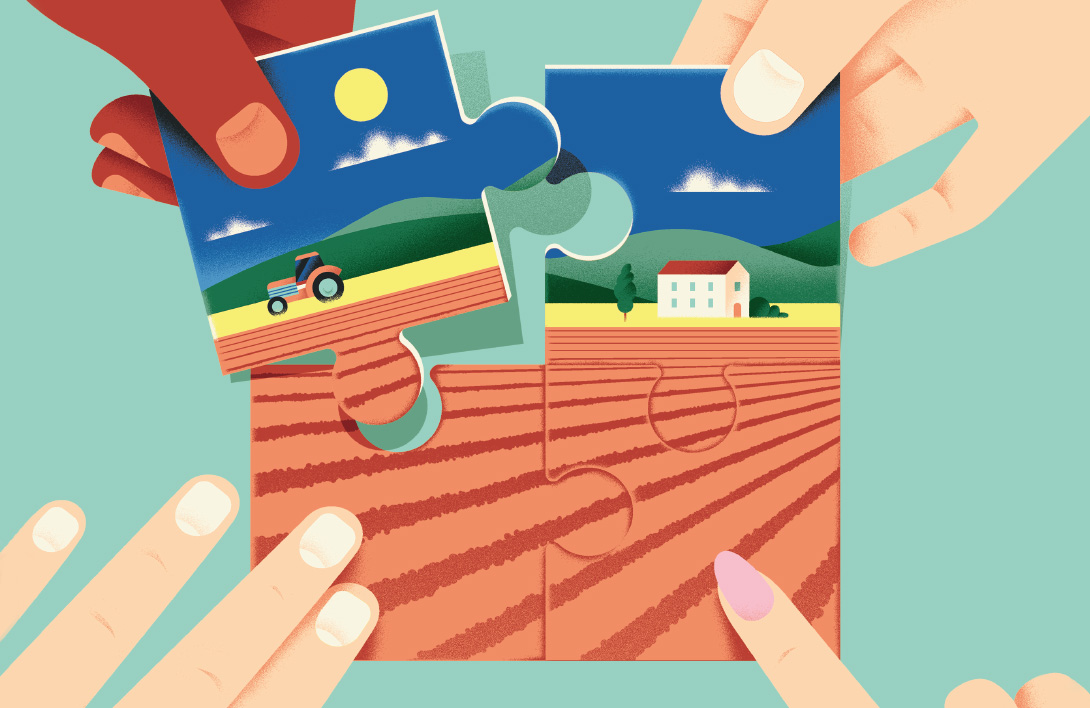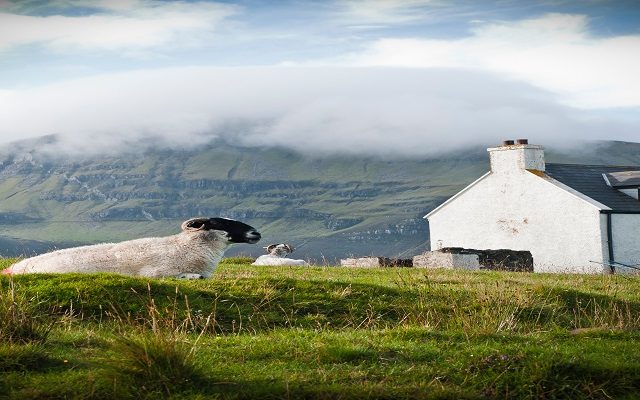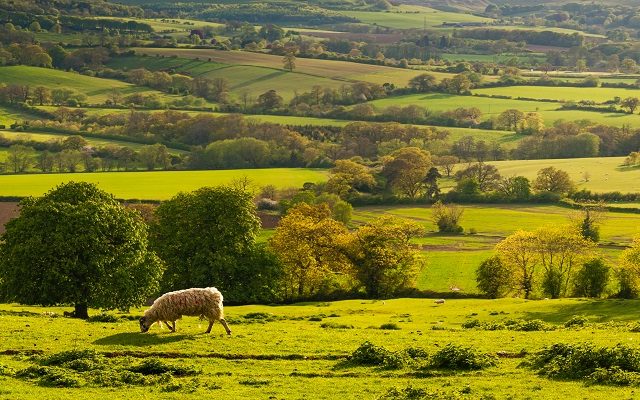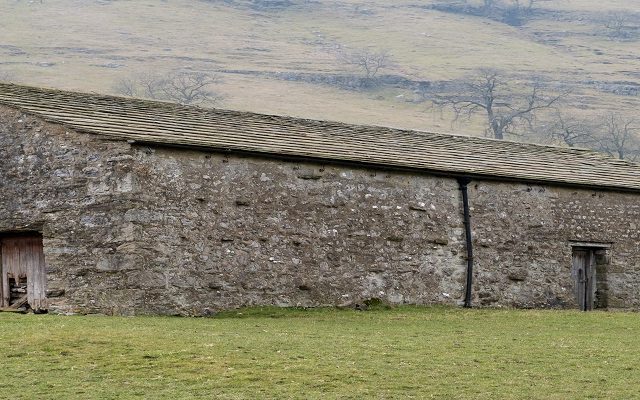Dare to share: The benefits of joint venture agreements in farming
Collaboration between neighbouring farmers can deliver meaningful cost savings and open up opportunities for generating new income. So could a joint venture be the right path for your farming business?
It is 14 years since the creation of TS Arable – a joint venture which farms about 2,000ha of combinable crops based at Harps Farm near Bishop’s Stortford in Hertfordshire.
The business is owned and run by brothers Will and Tom Streeter and their neighbouring farmer and family friend David Tinney.
Wheat prices were in the doldrums and the three farmers were looking for ways to reduce their overhead costs. So they took the decision, after taking advice from Strutt & Parker, to pool their labour and machinery into a separate joint venture, and manage all their land as a single unit.
‘It came about when we were all looking to restructure our businesses having had the next generation take over,’ says Will, who has day-to-day responsibility for the arable side of the operation.
‘Our main goal was to lower fixed costs and to farm more efficiently with economies of scale. We also were realising there is a lot more to our farms than ‘farming’ and so the idea was to free up my brother and David to be able to concentrate on the other side of the business, such as our let properties.’
The joint venture was set up as a limited liability partnership, employing four members of staff, which supplies its services back to the two parent businesses. It’s a strategy that has proved highly successful for all parties, with Will crediting it with reinvigorating their farming operations, resulting in reduced costs, improved yields – he is averaging over 10t/ha in first wheats – and making the job more fun.
Trust and good communication are two of the key ingredients for making this sort of venture work, stresses Will. The three partners have a shared vision for the direction of the business and make sure they sit down to discuss what is happening at least once a fortnight. But Will is the main point of contact for the farming side, which helps to streamline decision-making.
Getting the scale right is also critical, he advises. With the cost of buying and running farm machinery now ‘eye watering’, the optimum size of any new joint venture needs careful thought.
‘At present, I believe it is sensible to structure productivity around the realistic capacity of one combine – they are phenomenally expensive! I would see that as a good benchmark, and both acreage and rotation can help to deliver this. We are forever scrutinising our costs, careful to make sure we still have capacity to do the job.’
Wider benefits
Charlie Ireland, director in the farming department based in the Oxford office of Strutt & Parker, has advised a number of farming businesses on joint ventures. He believes that collaboration between farmers is likely to become more commonplace, as farmers seek to address the financial gap created by the phasing out of direct payments.
For some it will be an informal arrangement where two neighbouring farmers share a machine or even labour. But others will choose to formally merge the machinery and labour resources of a number of farms into a separate central business.
The latter approach does require a change in mindset from those involved, but cost savings of £100/ha or more are achievable, which equates to nearly 50% of the BPS payment that farmers are facing losing by 2028.
However, it should be recognised the benefits of greater collaboration can go far beyond saving money, he says.
‘Joint ventures may be set up as a cost- saving mechanism, but we often find that – perhaps contrary to some people’s expectations – the timeliness of operations improves and with it the physical performance of the business.’
Other potential benefits include the ability to access public money, with the government keen to target agri-environment funding on collaborative projects that will deliver landscape-scale changes in land use. ‘If people are already farming collaboratively, then this should make it easier for them to open that door.’
This article first appeared in the Spring/Summer 2020 issue of Land Business. For more download your copy here.






